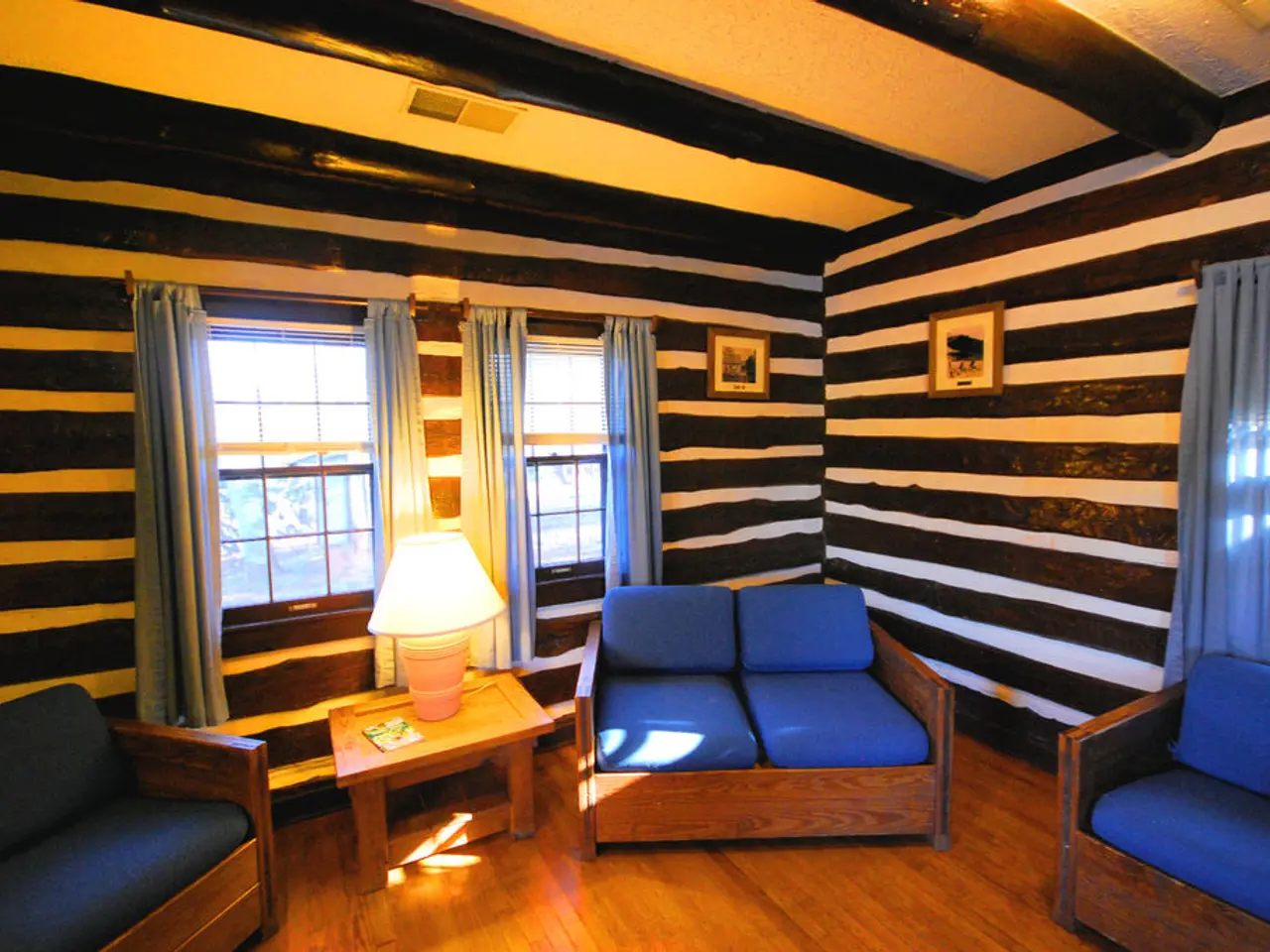Design Philosophies Clash: Minimalism versus Maximalism, Aesthetic Rivalry for Your Living Space
In the world of home decor, minimalism reigned supreme for much of the 21st century, offering a breath of fresh air in response to consumerism and the fast-paced, cluttered lifestyles of the modern era. However, as we move into 2024, a new trend is emerging, one that celebrates vibrancy, individuality, and personal expression: maximalism.
Maximalism, with its bold colors, layered textures, and eclectic patterns, is gaining popularity as people seek to create living spaces that truly reflect their personalities. This shift away from the restrained simplicity of minimalism is not without reason. As technologies like the internet and social media have risen, so too has the desire for more meaningful and expressive environments.
While minimalism emphasises simplicity, function, and the elimination of the unnecessary to highlight essentials, maximalism embraces a "more is more" philosophy. It celebrates abundance, personality, and visual richness, encouraging layering various textures and patterns to create energy and cohesion in a space.
Recent data, such as rising Pinterest searches for maximalist decor and eclectic home styles, confirms this pendulum swing towards maximalism. Maximalist design in 2024 includes features like jewel tone color palettes (emerald, sapphire, ruby), layered textures (velvet, silk, wool), and mixing patterns. It encourages curating meaningful objects and combining diverse elements to create spaces that tell a personal story.
Designers recommend intentional layering and thoughtful curation to avoid clutter while achieving a rich, vibrant aesthetic. A hybrid approach might feature minimalist furniture pieces paired with maximalist wall art or a neutral room brought to life with an abundance of colorful throw pillows and patterned rugs.
In contrast, minimalism remains valued but is less dominant as a trend for 2024 and beyond due to a cultural shift towards self-expression and personal storytelling in home environments. Minimalism's design philosophy emphasises clean lines, neutral color palettes, clutter-free environments, functionality, and decluttering. It appeals to those who value order and serenity, offering a distraction-free environment.
Maximalism, however, appeals to those who crave personality and energy in their living spaces. It emerged from older design traditions such as Baroque, Rococo, and Victorian styles, initially associated with wealth and luxury. However, maximalism has been reinterpreted for modern sensibilities, moving away from its historical associations with opulence and towards a more playful and eclectic aesthetic.
Sustainability has played a role in the resurgence of maximalism, encouraging reusing vintage items, repurposing old furniture, and embracing a more sustainable approach to home decor. Maximalist interiors are often filled with decorative accents like ornate mirrors, colorful vases, framed photographs, quirky sculptures, and lush plants.
As we look to the future, it's clear that both minimalism and maximalism will continue to thrive, each appealing to different sensibilities and lifestyles. The decision between the two ultimately comes down to personal preference, as both styles have their merits. Whether you prefer a clean, clutter-free space or a vibrant, eclectic environment, there's a design philosophy out there that's perfect for you.
Vintage items, such as ornate mirrors and colorful vases, are increasingly being incorporated into maximalist interior-design, reflecting a new sustainable approach to home decor. This contrasts with minimalism's focus on neutral color palettes and clutter-free environments, highlighting a shift towards personal expression and self-expression in lifestyle and home-and-garden trends.
By embracing patterns, jewel tone color palettes, and layered textures, maximalist design encourages individuals to curate environments that truly reflect their personalities, a marked departure from the restrained simplicity of minimalism.



